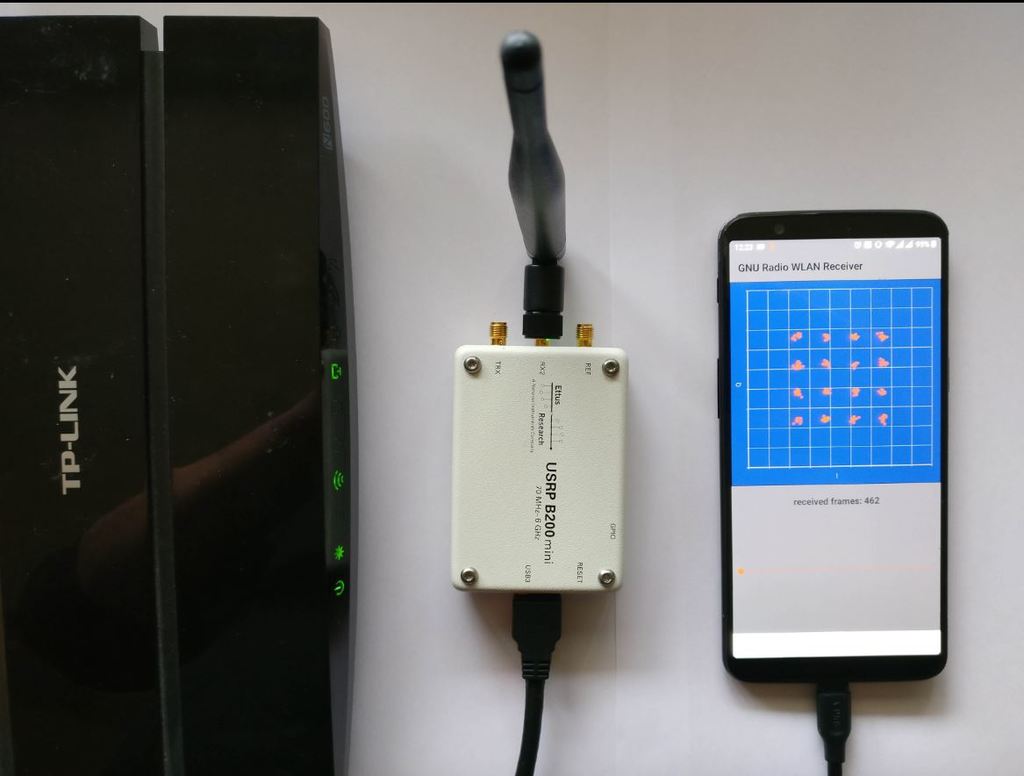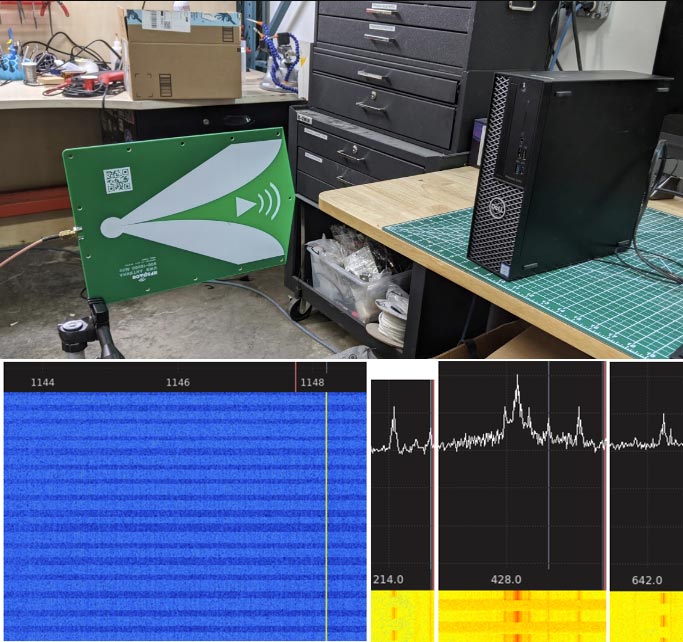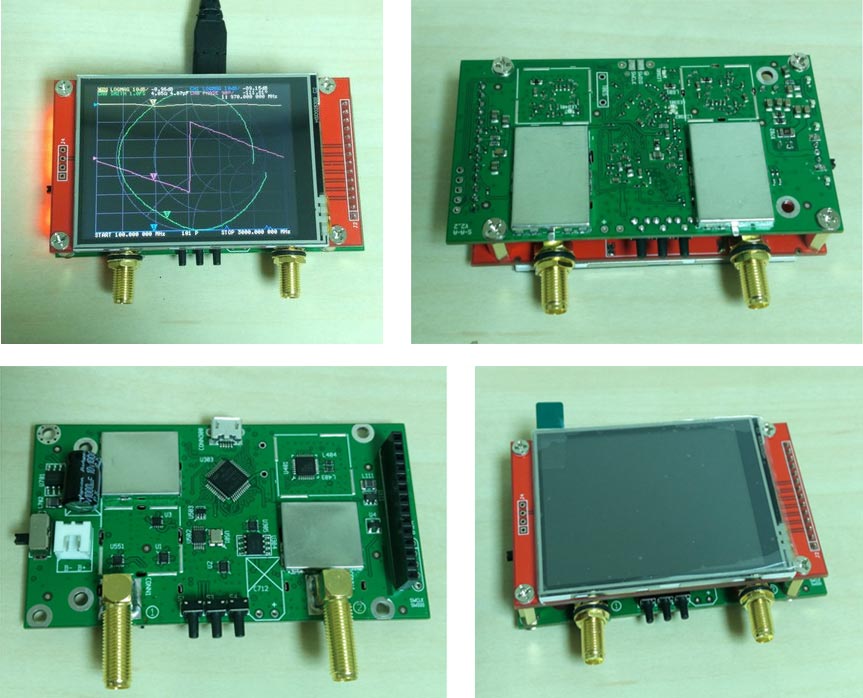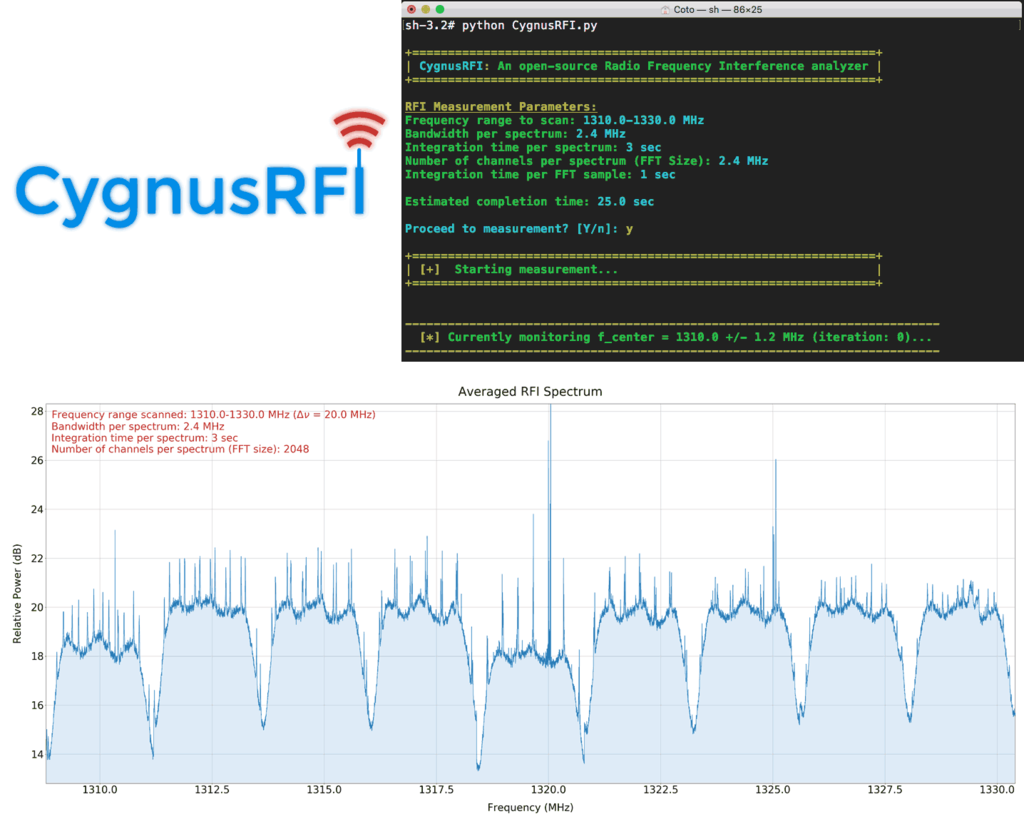The 2020 GNU Radio Conference will be held Virtually – Talks Streamed for Free
The yearly GNU Radio Conference (GRCon) is a conference all about the development of GNU Radio and projects based on GNU Radio. GNU Radio is an open source digital signal processing (DSP) toolkit which is often used in cutting edge radio applications and research to implement decoders, demodulators and various other SDR algorithms.
This years 2020 GNU Conference is to be the 10th one ever held and was supposed to take place in Charlotte, NC. However due to the ongoing pandemic the organizers have now decided that it will be held entirely online this year. The starting date is September 14 and the talks and events will probably run for several days. All talks will be streamed for free, however, registering for US$50 will get you access to the live workshops and other events.
There is a great line up of keynote speakers, and if you have a talk that you'd like to submit, submissions are now open. For ideas on what GNU Radio talks are like, you can see full recordings from previous GNU Radio conferences on their YouTube channel playlists.
GNU Radio Conference (GRCon) is the annual conference for the GNU Radio project & community, and has established itself as one of the premier industry events for Software Radio. It is a week-long conference that includes high-quality technical content and valuable networking opportunities. GRCon is a venue that highlights design, implementation, and theory that has been practically applied in a useful way. GRCon attendees come from a large variety of backgrounds, including industry, academia, government, and hobbyists.
GRCon20 will be held starting September 14, 2020 online as a virtual event. The organizing team is hard at work to create a fun and interactive experience.
Our keynote speakers include: Becky Schoenfeld W1BXY, managing editor of QST magazine, Oona Räisänen [ windytan ] hacker of signals and computer programmer, and Jim St. Leger, Director Open Source, Intel.
With an annual program that has broad appeal, GRCon attracts people new to Software Radio just looking to learn more, experts that want to keep their finger on the pulse & direction of the industry, and seasoned developers ready to show off their latest work.
Call for Participation is now open!
Registration
Registration is available now!




